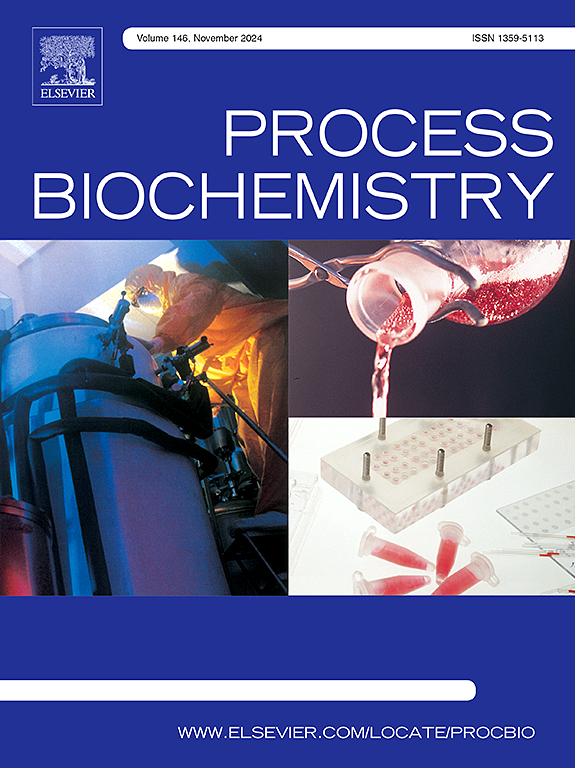Genomic and phenotypic characterization of novel Ochrobactrum species isolated from Brazilian oil reservoirs: Genomic diversity and bioremediation potential
IF 3.7
3区 生物学
Q2 BIOCHEMISTRY & MOLECULAR BIOLOGY
引用次数: 0
Abstract
A recurring theme is the quest for microorganisms with a high capability to degrade toxic hydrocarbons or produce biosurfactants to aid in bioremediation. This study identified two new bacterial species isolated from samples collected in Brazilian oil reservoirs. The phylogenetic analysis revealed two distinct clusters. AP1BH01–1, BD18, BD22, BD23, and BD61 formed one cluster that resembles Ochrobactrum intermedium. In contrast, BD67 clustered more closely with Ochrobactrum pseudointermedium. The whole genome analysis showed significant genetic differences from known species within the Ochrobactrum genus. OrthoANI (< 91.14 %) and dDDH (< 42.80 %) values for our isolates were notably lower than expected for species classification and supported by genomic correlation matrix cluster, synteny, pan-genome, and phylogenetical analysis. Our isolates can utilize petroleum as a carbon source, showing unique genes dedicated to the degradation of aromatic hydrocarbons and metal detoxification. Notably, the isolates can degrade petroleum, pyrene, and hexacosene. Moreover, despite the absence of a cluster dedicated to biosurfactant production, all isolates demonstrated their proficiency in emulsifier production. The isolates exhibit distinctive genotypic and phenotypic characteristics compared to the known Ochrobactrum species. Considering these findings, we propose naming AP1BH01–1, BD18, BD22, BD23, and BD61 as Ochrobactrum oleinvorans and BD67 as Ochrobactrum oleophilic.
求助全文
约1分钟内获得全文
求助全文
来源期刊

Process Biochemistry
生物-工程:化工
CiteScore
8.30
自引率
4.50%
发文量
374
审稿时长
53 days
期刊介绍:
Process Biochemistry is an application-orientated research journal devoted to reporting advances with originality and novelty, in the science and technology of the processes involving bioactive molecules and living organisms. These processes concern the production of useful metabolites or materials, or the removal of toxic compounds using tools and methods of current biology and engineering. Its main areas of interest include novel bioprocesses and enabling technologies (such as nanobiotechnology, tissue engineering, directed evolution, metabolic engineering, systems biology, and synthetic biology) applicable in food (nutraceutical), healthcare (medical, pharmaceutical, cosmetic), energy (biofuels), environmental, and biorefinery industries and their underlying biological and engineering principles.
 求助内容:
求助内容: 应助结果提醒方式:
应助结果提醒方式:


